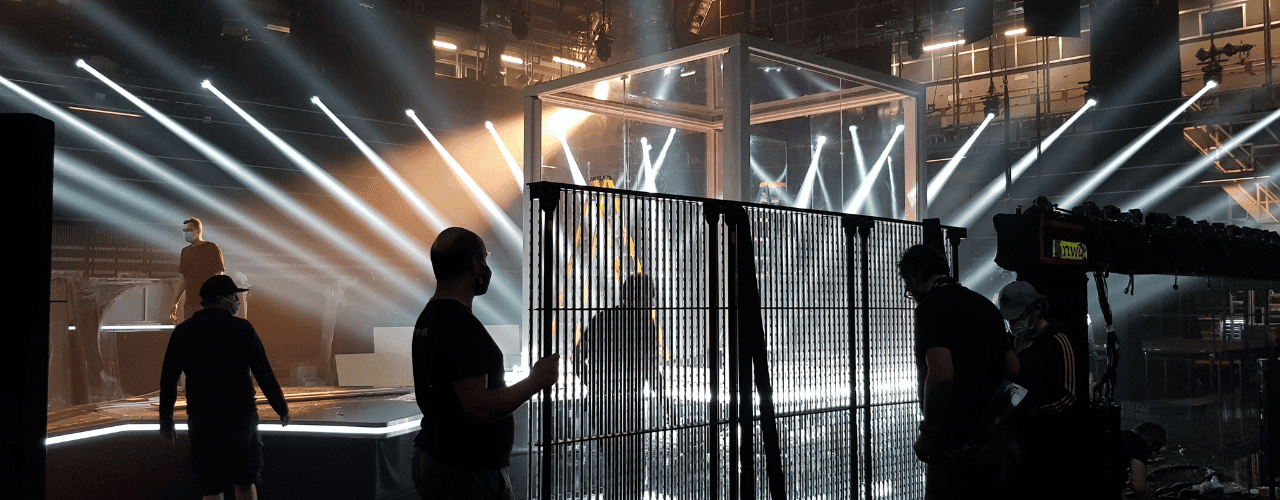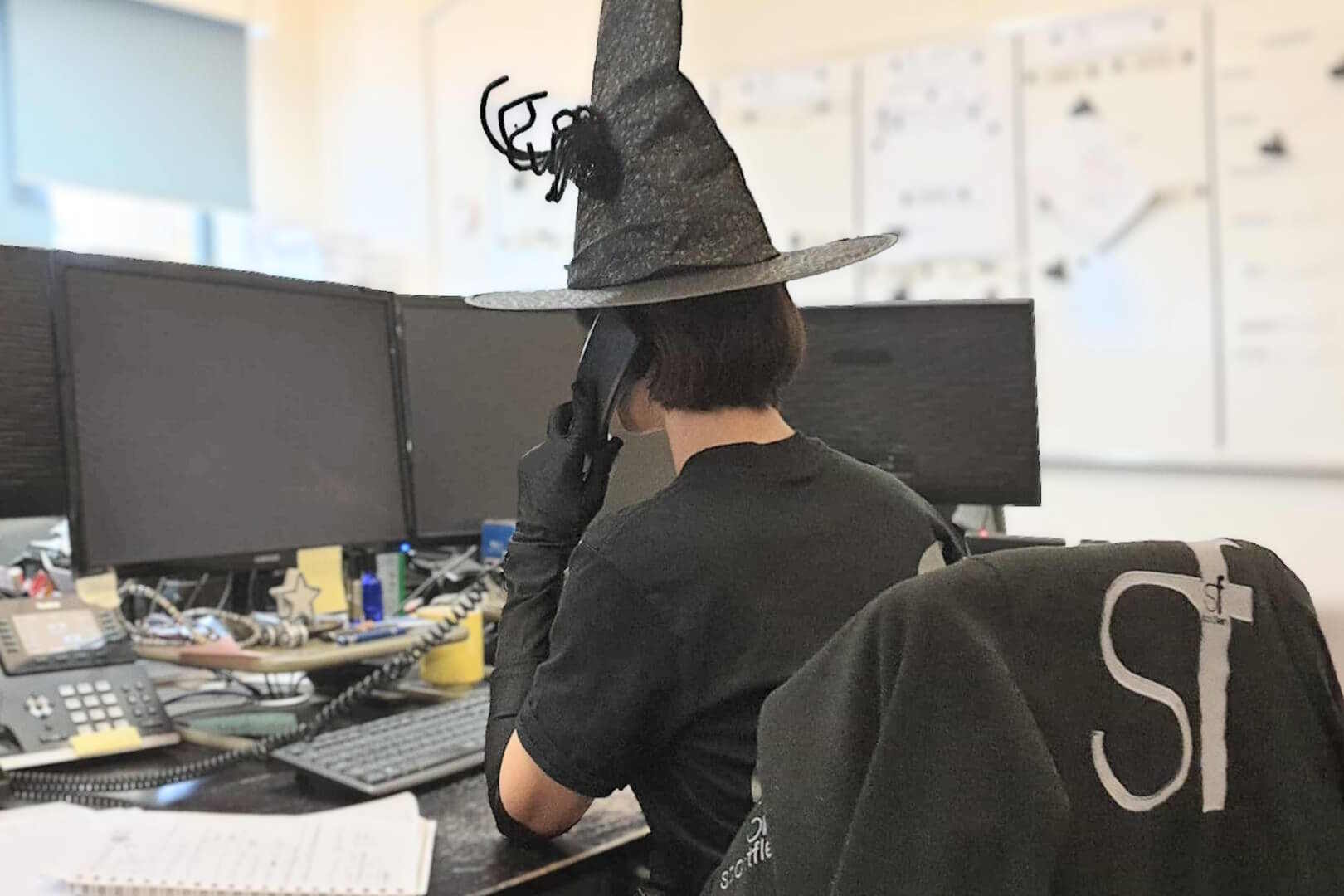How Design Tech Construction Combines Innovation and Practicality
How Design Tech Construction Combines Innovation and Practicality
The fusion of design, technology, and construction has transformed how creative projects come to life. Far beyond simply building structures, design tech construction merges innovation and practicality, crafting experiences that push creative boundaries while meeting real-world demands. This seamless integration of artistry and engineering makes it an essential approach for projects that demand both form and function.
What Is Design Tech Construction?
Design tech construction is where creativity meets technology to transform ideas into reality. It brings together digital tools, advanced fabrication methods, and creative problem-solving to ensure that every project moves smoothly from concept to completion.
This process involves:
- Digital modelling tools like CAD (Computer-Aided Design) and BIM (Building Information Modelling) to plan and refine designs.
- Innovative fabrication techniques, such as CNC machining and 3D printing, to create precise components.
- Collaborative problem-solving, ensuring ideas are executed efficiently and effectively.
By blending these elements, design tech construction bridges the gap between bold visions and practical implementation, allowing for creative solutions that would have been unthinkable just a few decades ago.
Innovation at the Design Stage
Every successful project starts with a strong foundation in design. The integration of technology at this stage allows for precision, creativity, and collaboration. Tools like CAD and BIM enable designers to produce detailed plans that account for every aspect of a project, reducing errors and optimising materials.
For instance, in the world of theatre, set designs often include moving parts and intricate details. Digital modelling allows teams to:
- Simulate how components will function on stage.
- Test the integration of lighting, sound, and movement.
- Create virtual prototypes for client feedback before construction begins.
This meticulous approach ensures that creative concepts are practical and deliver the desired impact. Furthermore, these digital tools offer unparalleled opportunities for collaboration between stakeholders. A designer, builder, and client can all engage with the design simultaneously, offering feedback and aligning expectations before physical construction begins.
Advanced Techniques in Construction
Once the design is finalised, construction takes centre stage. Here, cutting-edge fabrication methods and materials bring designs to life with precision and efficiency.
Key techniques include:
- CNC machining and laser cutting: These methods create intricate, high-quality components quickly and accurately.
- 3D printing: Ideal for rapid prototyping or producing unique elements that traditional methods might struggle to achieve.
- Modular construction: Prefabricated sections are assembled on-site, saving time and ensuring consistency.
For experiential events, where timelines are often tight, these methods ensure that even the most complex projects are delivered on time without compromising quality. Additionally, modular approaches can simplify logistical challenges. A large-scale installation can be broken down into smaller parts, allowing for efficient transportation and assembly while maintaining the integrity of the original design.
Balancing Creativity with Practicality
One of the greatest challenges in design tech construction is balancing imaginative concepts with practical needs. A striking design must also function effectively within its intended environment, adhere to budgetary constraints, and meet safety standards.
For example:
- In live performances, dynamic set pieces may include rotating platforms or moving walls. These features must be durable enough for repeated use while ensuring performer safety.
- For exhibitions, components may need to be lightweight for transport yet sturdy enough for frequent handling.
This balance is achieved through close collaboration between designers, engineers, and construction teams, ensuring creative visions are realised without compromising feasibility. Skilled problem-solving and adaptability ensure that even the most ambitious ideas remain practical.
The Role of Digital Integration
Digital tools play a transformative role in design tech construction, offering new ways to conceptualise and deliver projects. Virtual reality (VR) and augmented reality (AR) are increasingly used to visualise spaces, enabling clients to step into a digital representation of their project before it is built.
These tools provide:
- Enhanced collaboration: Teams can identify and resolve potential issues early in the process.
- Interactive environments: For installations or events, digital elements like IoT-enabled components can create responsive, engaging experiences.
- Client confidence: Visualising a project in 3D ensures alignment between the vision and the final result.
From immersive museum exhibits to branded pop-ups, digital integration helps create cohesive, memorable experiences. This level of innovation can also accommodate last-minute adjustments, giving teams flexibility in responding to unforeseen challenges or feedback.
Pioneering Sustainability
The increasing emphasis on sustainability has made eco-conscious design a vital component of modern construction. Design tech construction addresses this by:
- Incorporating recycled and biodegradable materials.
- Optimising resource use through digital planning tools.
- Reducing waste by prefabricating components and using energy-efficient methods.
For example, in temporary installations like exhibitions, modular systems allow for elements to be reused across multiple projects, minimising environmental impact while maximising practicality. Digital design tools also reduce over-ordering materials, ensuring projects are completed efficiently without excess waste.
Realising Ambitious Visions
Design tech construction enables projects to push creative boundaries while staying grounded in practicality. This approach has been instrumental in delivering projects such as:
- Temporary exhibitions: Modular, lightweight designs that are visually striking yet easy to dismantle and transport.
- Theatre sets: Dynamic and functional structures that enhance storytelling while meeting tight production schedules.
- Experiential events: Immersive, interactive environments that captivate audiences and leave lasting impressions.
These examples illustrate how design tech construction makes it possible to achieve bold, ambitious visions while meeting real-world constraints such as time, budget, and safety.
The Future of Design Tech Construction
As technology evolves, the possibilities for design tech construction continue to expand. The future holds exciting opportunities, including:
- Artificial intelligence and robotics to enhance efficiency and accuracy in construction.
- Innovative materials that are both sustainable and versatile.
- Greater digital collaboration, enabling teams to work seamlessly across locations and disciplines.
Advances in these areas will open new possibilities for more personalised and adaptive designs, responding to the specific needs of users and environments. For example, intelligent systems could allow installations to change in real-time, adapting to different audiences or uses.
These advancements will further bridge the gap between creativity and practicality, ensuring projects remain innovative while meeting the challenges of a modern world.
Final Thoughts
Design tech construction exemplifies the perfect union of innovation and functionality. By integrating advanced technology, sustainable practices, and expert craftsmanship, it transforms ideas into reality without compromising on quality or practicality.
By embracing this cutting-edge approach, designers and builders alike will continue to push boundaries, crafting extraordinary environments that are as functional as they are unforgettable.
Still Have Questions?
Our friendly team is here to help you out.

